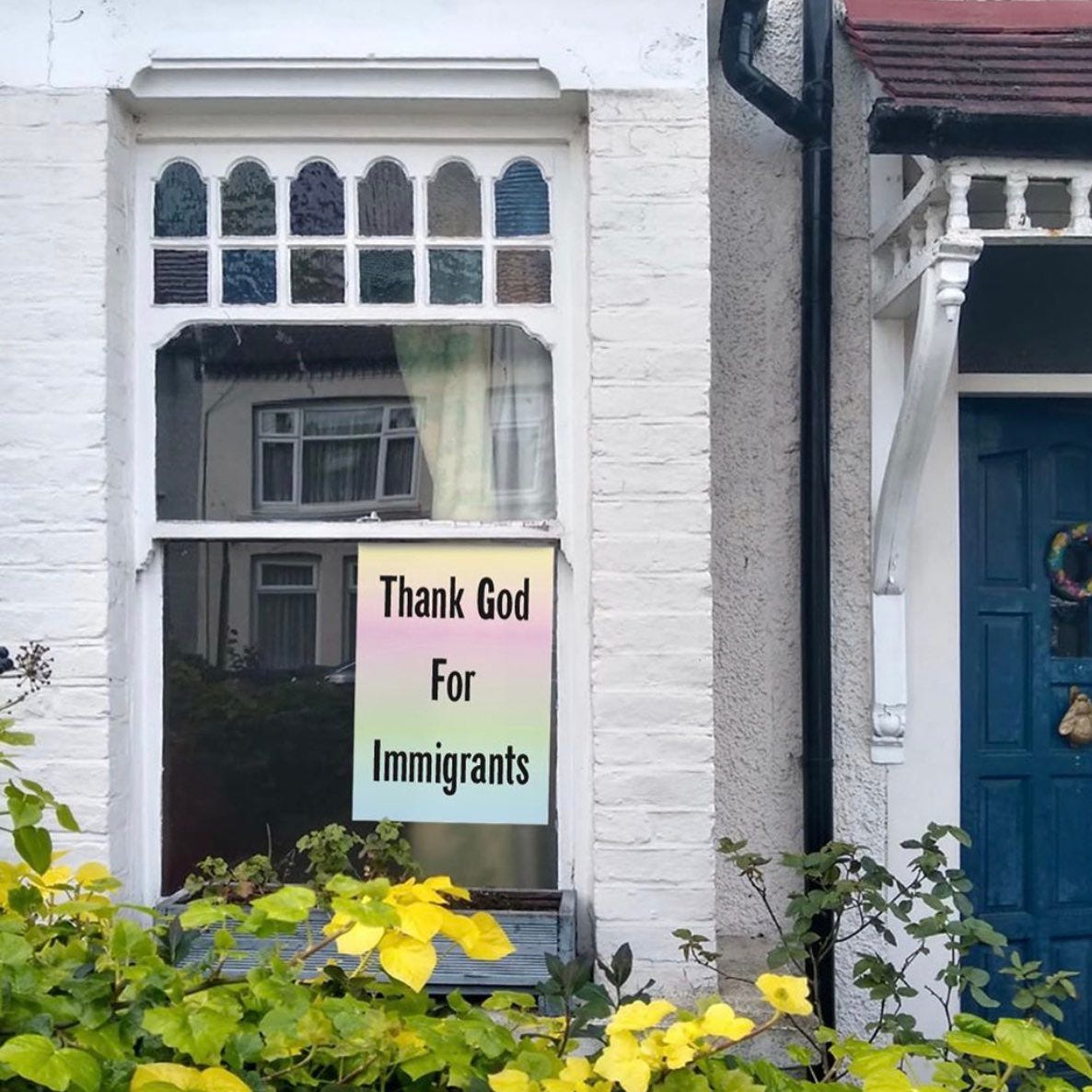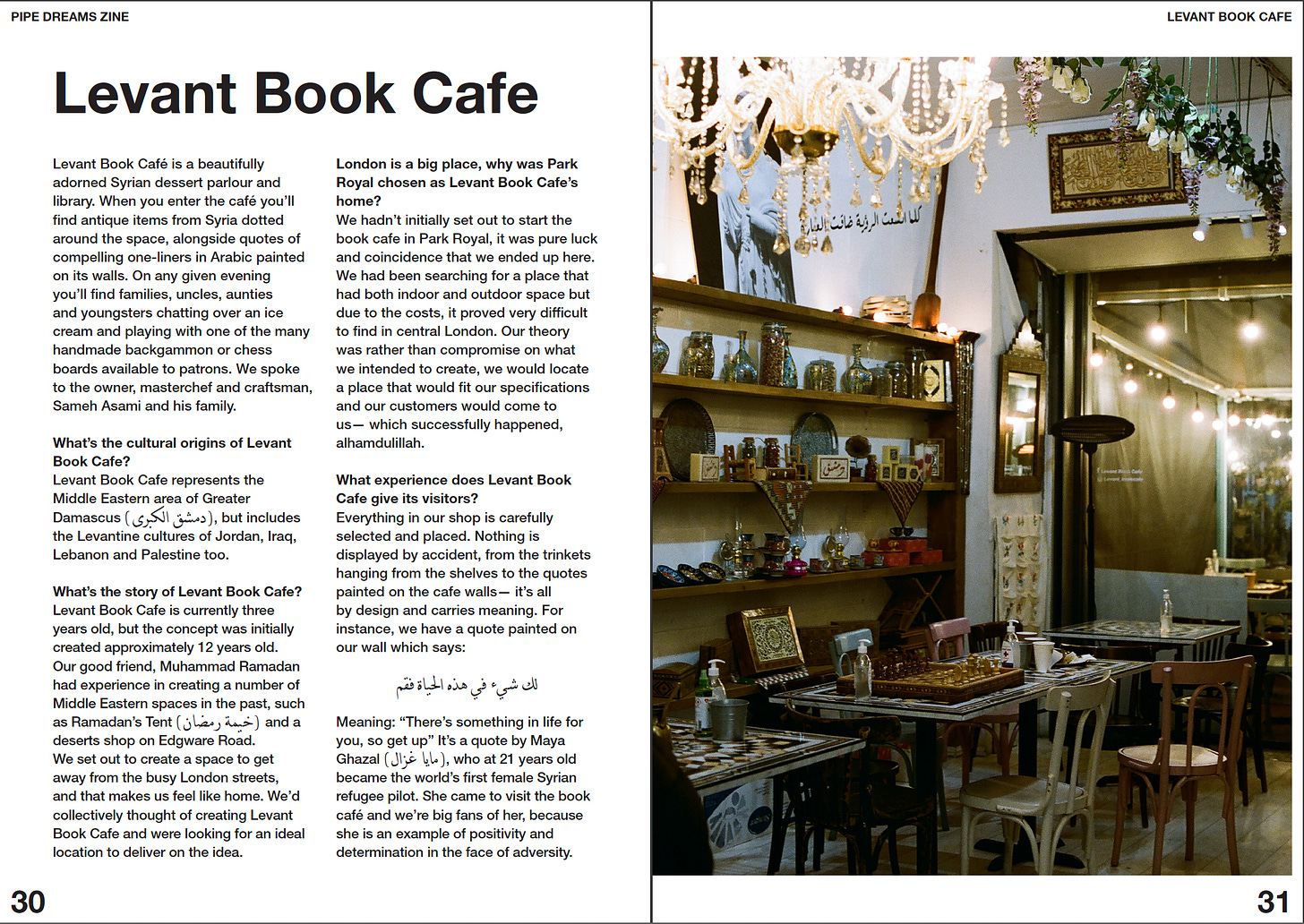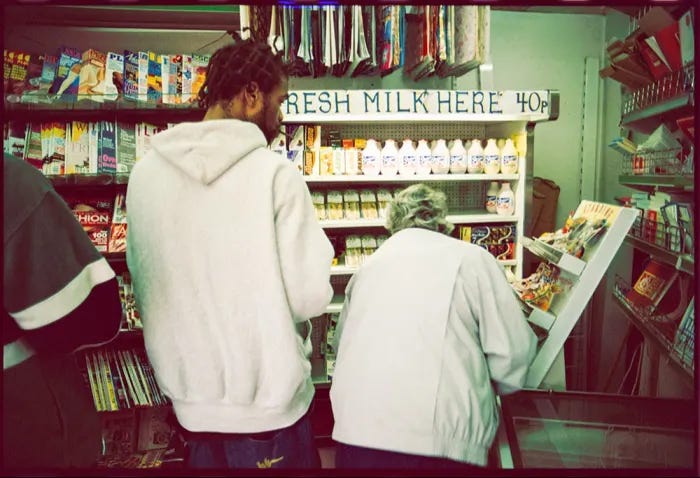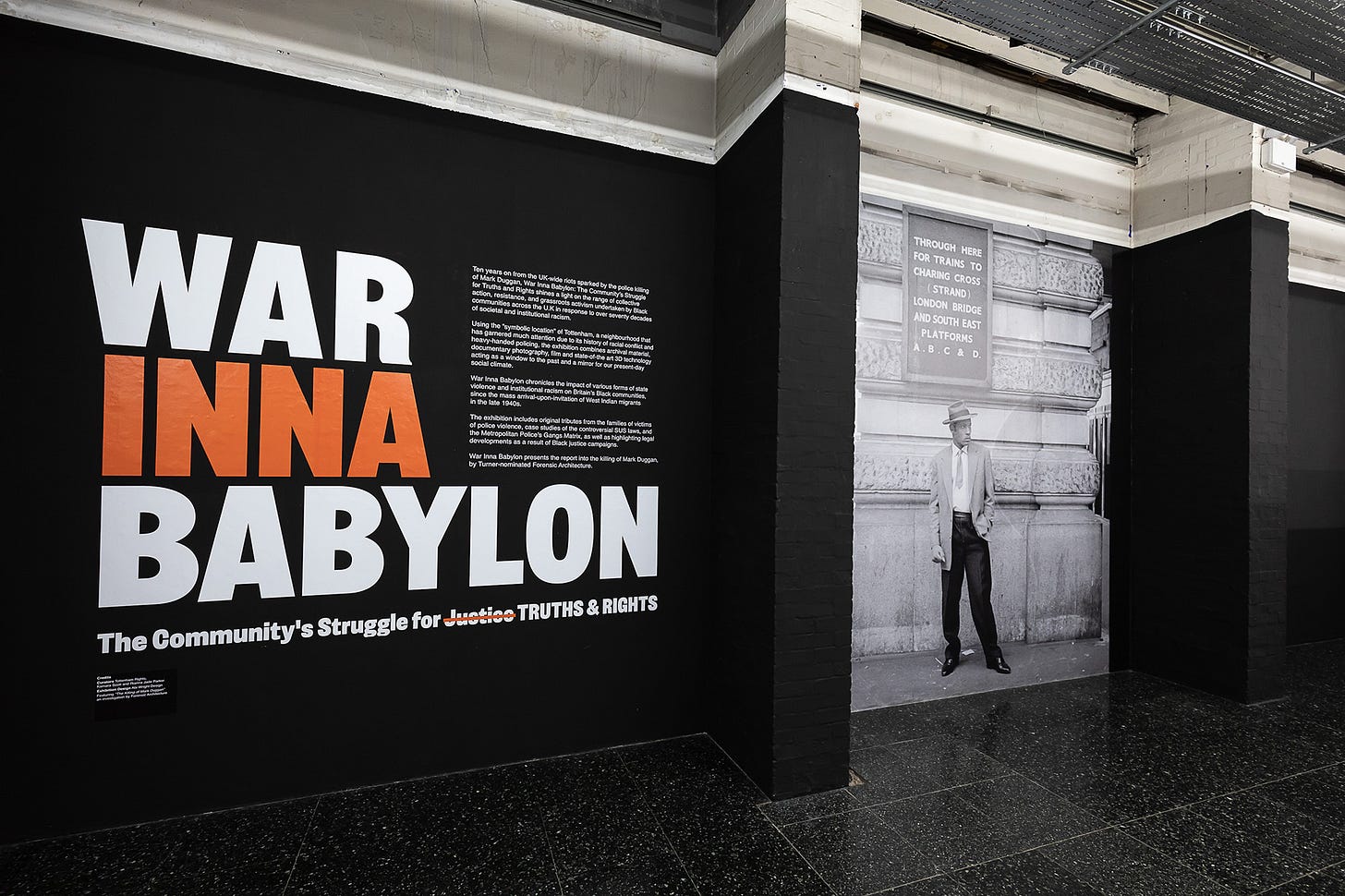
Unfortunately for us, it’s hard to look into any London-related news without bumping into MyLondon, the website that was launched in 2018 after GetWestLondon and the CroydonAdvertiser were merged. When it arrived the site was touted as promoting “all the positive aspects of living in the best city in the world,” but it’s actually another ad-strewn clickbait farm from Trinity Mirror, the people who brought you such reputable periodicals as the Daily Express and the Daily Star.
We’ve never linked to it because we don’t want to send any clicks their way, even by accident, but we will tell you that this week they ran an article with this headline: Afghan refugees moved into posh London town where the average house costs £1m.
If you really want to read it then you can go Google it, or have a look on Twitter where many people with Union Jacks next to their names are using it to express their disgust at the situation. But to save you doing that, let us give you the salient points.
The ‘posh London town’ MyLondon are talking about is the borough of Kensington and Chelsea, an area where extreme poverty and wealth exist side by side. Just in case anyone needed reminding, Grenfell tower is in Kensington and Chelsea, and as this FT article from 2017 points out, it’s “the capital’s most polarised borough, with more than half of benefit recipients living in the most deprived quarter of neighbourhoods.”
MyLondon’s ‘Local Democracy Reporter’ ignores this and zooms in on the fact that a small number of the refugees are to be housed in properties on Notting Hill’s Portobello Road, where the average property costs “a little more than £1 million, according to Foxtons estate agents.”
It’s only when you get to paragraph four that you learn that the four two-bedroom houses being offered to the refugees would normally make Kensington and Chelsea council £800,000 a year in total, and that letting refugees live in them free of charge “would not impact the council's housing waiting lists because they were earmarked for private rent.” Plus, this is not a long-term solution. These houses are just somewhere for the refugees to go while more permanent solutions can be found.
But we don’t want this issue to focus entirely on MyLondon’s lazy and misleading reporting. What we do want to show is that, despite some small minded opposition, London is reacting to the crisis in Afghanistan by living up to its reputation as the original international refuge (the word ‘refugee’ was first coined to describe the French Huguenots who came to London after facing oppression in France) and also to try and offset MyLondon’s bullshit with some positive stories about the cultural impact that refugees have made on this city.
What London is doing for the refugees
Over the weekend the cross-party group of London Councils released the results of a survey, which showed that, as of last Monday, 27 London boroughs (out of 32) had “indicated a willingness and ability to take between 125 and 152 families… via the Afghan Relocation and Assistance Policy (ARAP).”
This is despite the briefing that was sent to borough chief executives and housing directors a couple of weeks ago, which said that there was already “huge pressure” on boroughs “due to the significant number of asylum seekers already placed in hotels,” not to mention “the lack of affordable housing, and the limited availability of family-sized housing.”
How you can make things a bit easier
There are plenty of ways you can help make things easier for refugees coming into the city from Afghanistan, and take a tiny bit of the pressure off your council (or you could write a cynical, hate-stoking article for MyLondon, it’s up to you).
The London Assembly has put together a list of local volunteer centres that are coordinating activity at a borough level, although a lot of the pages they’re pointing to were set up in response the pandemic, so it can get a bit confusing.
A better bet might be this Google doc which London Plus has put together, which lists organisations or community groups providing any type of help and support for refugees, sorted by borough.
One of the easiest ways to provide help is by donating to your local food bank. These organisations were already pretty stretched and they’re going to be put under even more pressure over the coming weeks and months. If you stick your postcode into the Trussel Trust website they’ll tell you where your nearest food bank is, and from there you can follow the link to find out how to donate.
The GLA has also created a page for businesses who want to offer “goods and services to help newly arrived Afghans and the communities responding to help them”.
Thank God for immigrants
We wanted to highlight a few positive stories about how London is a better, more interesting and exciting place, and a city that (to quote the mayor) draws “huge strength from the contribution of immigrants who have made their homes here”.
It didn’t take us very long to find a whole bunch of incredible, recent examples:
The most obvious example from Afghanistan is Sohail Ahmad (above), who arrived in Kent in a truck, twenty years ago aged 12. Last month he opened the halal, egg-based restaurant, EGGOLAND on Tottenham Street. He’s also a pro boxer and he has an extremely cute dog.
Park Royal in North West London is mostly known for being home to the largest business park in London, but in recent years it’s become a “burgeoning hub for London’s Arab diaspora” and home to “Arab-run lounges, cafes, bakeries and supermarkets that speak to an entrepreneurial shift away from London city centre”. All of this has just been captured by Pipe Dreams (above), a zine that attempts to “map the story of Park Royal through interviews, photography and graphic illustrations.”
It’s been put together by Zain Dada, the writer, cultural producer, researcher and filmmaker who, last year, co-founded Khidr Comix Lab, “a space for Black, Brown and Muslim storytellers to innovate, experiment and create within the comix medium” (and where you can purchase your copy of Pipe Dreams for just £4.75).
Tice Cin (above) is British-Cypriot writer, musician and artist from north London whose debut novel came out yesterday. Keeping The House tells the story of two generations of Turkish Cypriots trying to make their way in the Turkish communities of north London between 1999 and 2012 (as well as “a fresh and funny take on the machinery of the North London heroin trade”). Last week, the Guardian published a rave review calling it “a cult classic in the making”.
Nadine Ijewere (above) is the daughter of Jamaican and Nigerian immigrants whose approach to photography was influenced by the fact that, as a kid growing up in the 90s, she didn’t see her skin colour, hair, or body type in magazines or adverts. She studied photography at the London College of Fashion and went on to do work for Stella McCartney, Dior, Gap, Hermes, and Valentino. In 2018 she became the first Black woman photographer to land a cover of Vogue.
A collection of her work, Our Own Selves, is being published next month and features “images from her series of Jamaicans across different generations [and] photographs of young people defying gender norms on the streets of Lagos”.
Yes, that’s a picture of Method Man from Wu-Tang Clan buying milk at a newsagent in Earl’s Court. It was taken by Eddie Otchere, the British-Ghanaian artist who calls himself (rightly) “the ultimate B-Boy alchemist”. Otchere has been documenting youth culture and the Black British experience since the 90s when he captured seminal images of hip hop icons like Aaliyah, Biggie Smalls, Jay-Z and Nas.
In March his oral history of the Jungle and Drum and Bass movement, Who Say Reload, was published (Huck magazine interviewed him about it here), and last month his “extraordinary collaborative novel” Junglist was reissued to huge acclaim.
And, finally (we could go on, but we’ll run out of space), War Inna Babylon is an exhibition at the newly reopened ICA that chronicles “the impact of various forms of state violence and institutional racism targeted at Britain’s Black communities since the mass arrival-upon-invitation of West Indian migrants in the late 1940s.”
The exhibition, which is curated by the racial advocacy and community organisation, Tottenham Rights, uses the “symbolic location of Tottenham” to frame archival material, documentary photography, film and 3D technology to “act as a window to the past and as a mirror for our present-day social climate”. It’s on until 26 September, and you can book tickets here.
And the rest…
The Low Traffic Neighbourhood controversy shows no sign of slowing down (pun intended). Lambeth council has said it is reviewing the LTNs around Railton and Oval to Stockwell and introducing exemptions for blue badge holders, while Tower Hamlets is “briefly pausing” its restrictions in areas like Columbia Road, Arnold Circus and Old Bethnal Green Road.
This past Monday saw the busiest rush hour on the Tube since the first lockdown. According to TfL, rush-hour journeys were up 17% from last Tuesday, to just under a million (with 831,000 taps in to the network between 07:00 and 10:00) and buses had 39% more passengers.
The scaffolding continues to be taken down from Big Ben (yes, we know!, but at this point we’re just going with it), which means we can now see the results of the five year refurb, which include “the original Prussian Blue colour scheme on the clock dials” and “the row of six shields above each dial that displays St George’s red cross on a white background”.
Jim Henson, the man who directed 80s masterpieces The Dark Crystal and Labyrinth (oh yeah, and he created The Muppets) has been honoured with a blue plaque at 50 Downshire Hill in Hampstead, where he lived from 1979 after the Muppets were commissioned for British telly.
Last week, three teenagers transported a crab they’d bought at a fishmongers in Barking, all the way to Southend, where they placed it in the "Thames Estuary “to live a new life, free from the threat of a boiling pot of water”.








